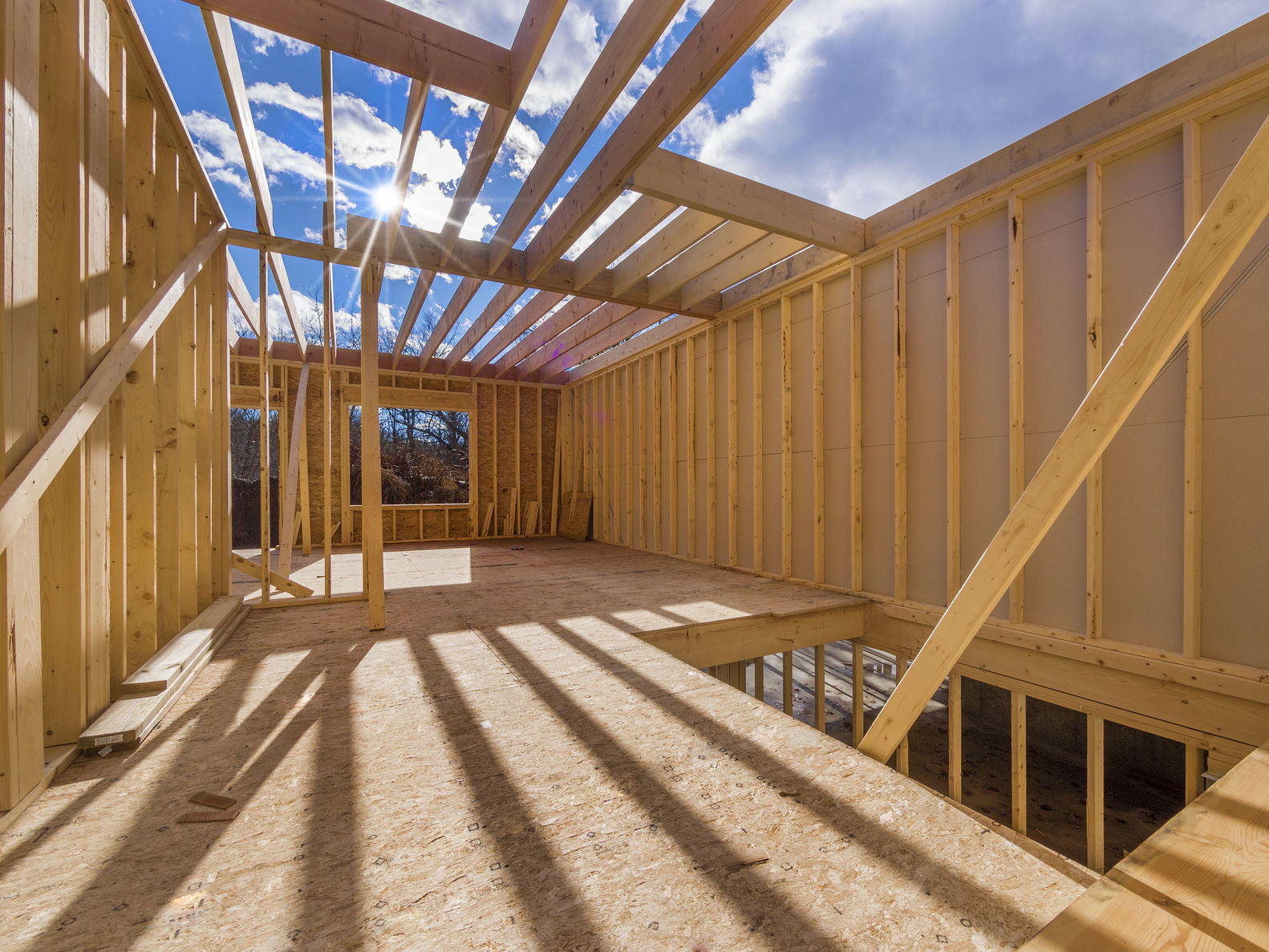The Supreme Court recently declined to hear the California Building Industry Association’s challenge to San Jose’s inclusionary zoning ordinance. That is bad news for affordable housing in San Jose and throughout California.
For projects with more than 20 units, the San Jose ordinance requires home builders to price-control 15 percent of the units for sale so that they are affordable to people making 110 percent or less of a neighborhood’s median income. Alternatively, the ordinance allows builders to pay a fee or build price-controlled units off-site.
The ordinance, which has been in legal limbo since it was approved in 2010, will take effect later this year. But much more was at stake than San Jose’s ordinance. If the Supreme Court had struck down the ordinance, it would have likely eliminated similar ordinances in more than 170 other California municipalities.
San Jose’s director of housing, Jacky Morales-Ferrand, reacted by saying, “For local governments and affordable advocates, this is great news.” Local government planners may enjoy keeping their ability to extract resources through inclusionary zoning, but true advocates of affordable housing should be upset.
Fellow economist Edward Stringham and I studied the impact of inclusionary zoning in California from 2003-07 while we both taught at San Jose State University. We found that the typical ordinance produced few affordable units.
Even if these ordinances don’t produce many units, they would at least help some people if the story ended there. Unfortunately, the price controls that these ordinances create do more to make houses more expensive.
Inclusionary price controls lower builders’ profits from new developments. Thus inclusionary zoning ordinances essentially are a tax on building new homes. And like any punitive tax, it has a predictable result: a reduction in the supply of the commodity in question – in this case, new homes – while raising the price of both the new noninclusionary units and the existing housing stock.
When we looked at the numbers, we found exactly what the laws of economics predict: Taxing new housing makes the vast majority of housing more expensive. In the Bay Area, for example, we found that cities with inclusionary zoning ordinances imposed an effective tax of $44,000 on each new home. In Orange and Los Angeles counties, the effective inclusionary tax was $66,000 per new home.
Inclusionary zoning also decreased the supply of new housing. After the adoption of inclusionary ordinances, we found, housing production on average decreased more than 30 percent in the first year in Bay Area cities. In Orange and Los Angeles counties, housing production decreased 61 percent over a seven-year period.
In Orange and Los Angeles counties alone, we estimate that, during the period we studied, more than 17,000 potential new homes were never built due to the inclusionary zoning requirement, while only 770 inclusionary units were added.
The court’s decision was based on law, not economics. CBIA contended that inclusionary zoning amounts to a “taking” (as in eminent domain) that is not reasonably related to any negative impact caused by the new housing. Newly constructed housing makes the rest of the housing stock more affordable, not less, by increasing housing supply.
Thus, the ordinances are neither economically nor legally justifiable.
If they want to make housing more affordable, California’s voters and planners are going to have to come to their senses and adopt policies that increase, rather than decrease, housing production. Unfortunately, the Supreme Court did not help them along with that process.












